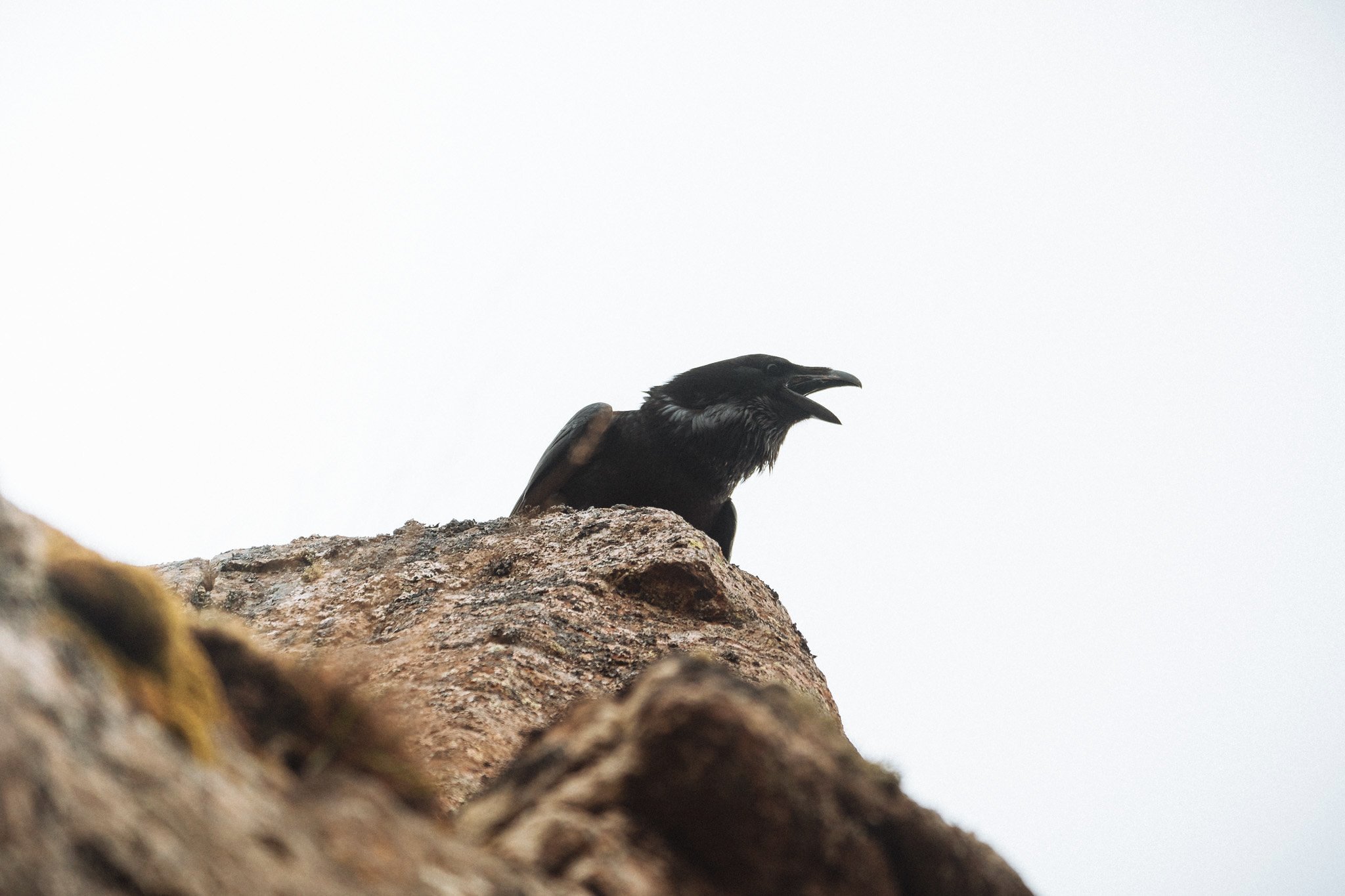The region of Strandir in the Westfjords is rarely mentioned in historical records prior to the 17th century. Even today, it remains one of Iceland’s most remote areas, and centuries ago, its northern parts would have been even more isolated. This remoteness may have allowed traces of the old Norse pagan religion to persist long after Christianity had taken hold in more accessible parts of the country.
One of the earliest recorded instances of alleged sorcery in Iceland occurred at Árneskirkja Church in Strandir in 1654.
Nowhere in Iceland was the fear of sorcery more intense than in Trékyllisvík. It was here, at Kistuvogur cove, that the first three men—Þórður Guðbrandsson, Egill Bjarnason, and Grímur Jónsson—were found guilty of witchcraft and burned at the stake following trials held in Árnes, Trékyllisvík. These executions in 1654 marked the beginning of a witch-hunt that swept through the region. This grim era, lasting from 1654 to 1690, is known as Brennuöldin, or “The Century of Fire.”
Despite these early executions, accusations of sorcery continued. In 1670, two more men were flogged in Trékyllisvík for similar charges. Throughout Iceland, a total of 17 people—16 men and only one woman—were burned for sorcery, with the last execution taking place in 1683.



